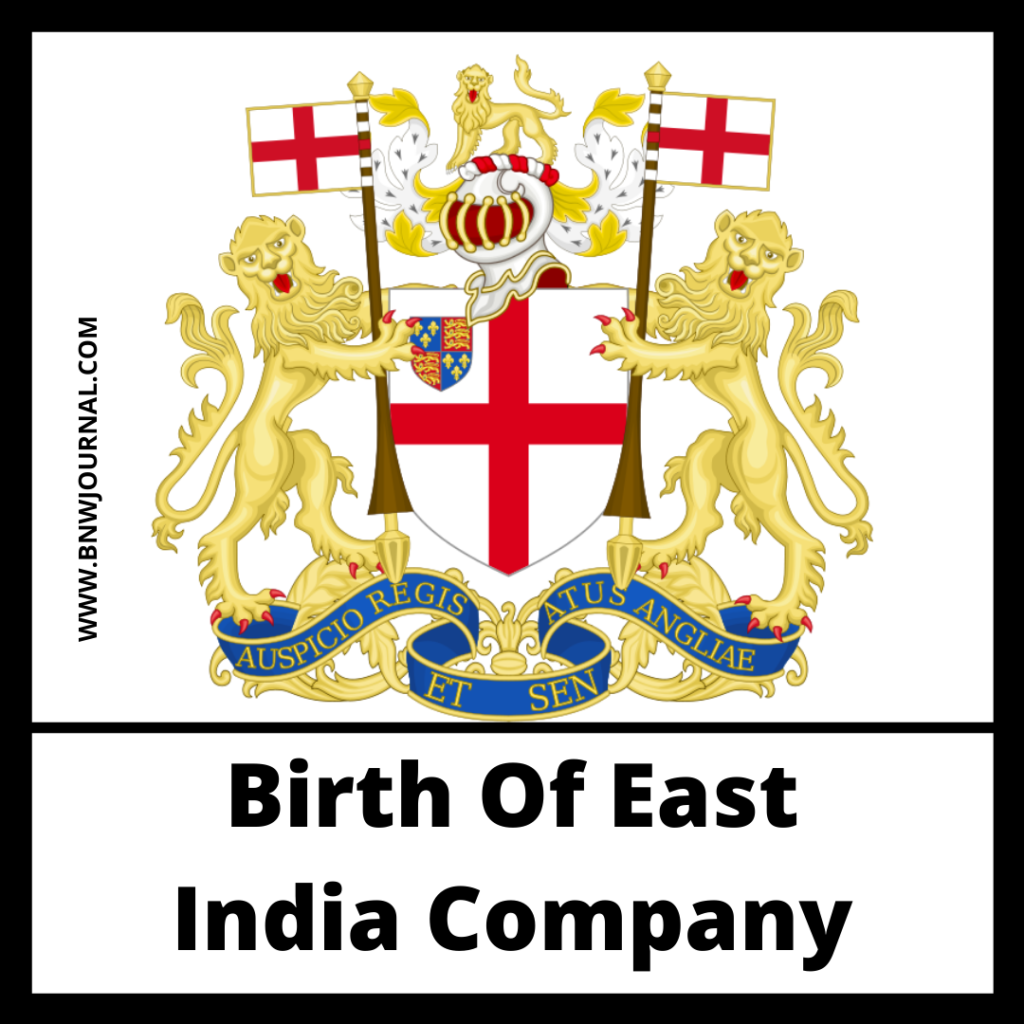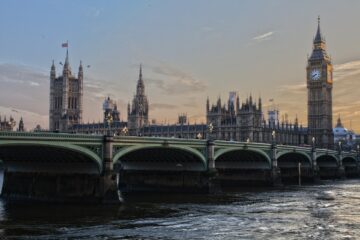![]()
The East India Company or the British East India Company was an English and later British joint-stock company; initially formed to trade in the Indian Ocean region, with the Moghuls of India and the East Indies. Later with Qing China. The company ended up seizing control of large parts of the Indian subcontinent. Briefly, Afghanistan colonized parts of Southeast Asia, and Hong Kong after the First Opium War. Essentially for a century, the Company conquered, subjugated, and plundered vast tracts of south Asia.

The history of the growth of EIC is varied and vast, particularly the growth in the Indian region. It’s attribution lies to not one but certain elements that differ but share a similarity.
Expanse of EIC began in 1588
This expanse of EIC began as soon as the Spanish Armada was defeated in 1588. The captured Spanish and Portuguese ships with their cargoes enable provide resources to English voyagers. It is to potentially travel the globe in search of riches. This along with the aim of London merchants to deliver a decisive blow to the Spanish and Portuguese monopoly of far southeast Asian regions was a lucrative start to the Business of the company.
Eventually the seizure of the large Portuguese Carrack, by Sir Walter Raleigh and the Earl of Cumberland at the Battle of Flores in 1592. Alongside the valuable ships Rutter which contained vital information on the India China and Japan trades lead to the growth of galvanized English trade in India.
Ralph Fitch was an adventure merchant, along with his companions. He had a remarkable fifteen-year overland journey. The journey to Mesopotamia, the Persian Gulf, the Indian Ocean, and India. Then consulted on the Indian affairs and gave even more valuable information to Lancaster, for trade-related options.
Tried again in 1600 and succeed
Although their first attempt proved to be little less than defeat, they nonetheless sought the Queen’s approval(not warranted) to continue. They tried a year later, on 31 December 1600. This time they succeeded, the Queen granted a Royal Charter to ‘George, Earl of Cumberland’. Then 215 Knights, under the name, Governor and Company of Merchants of London start trading with the East Indies.
For 15 years, the charter awarded the newly formed company a monopoly on English trade with all countries east of the Cape of Good Hope and west of the Straits of Magellan. Any traders who breached the charter without a license from the company were liable to forfeiture of their ships. There cargo (half of which went to the Crown and the other half to the company). Also imprisonment at the “royal pleasure”.
The governance of the company at that time was in the hands of one governor and 24 directors or “committees”. They constitute the Court of Directors. They then reported to the Court of Proprietors, which appointed them. 10 committees reported to the Court of Directors. According to tradition, the business was initially transacted at the Nags Head Inn, opposite St Botolph’s church in Bishopsgate, before moving to India House in Leadenhall Street.
Interest of Company changed (17th- 18th C)
The company during the first century of operation focussed more on trade rather than building up an empire.
It was only after the First Anglo-Mughal war that the interest of the company turned upside down from trade to territory during the 17-18th Century. When the Mughal empire was nearing its end. It was not until then we saw the fierce strategy to colonize the Indian empire. Then the quest for power to defeat the French east India company. Finally the battles of Plassey and Buxar proved to be a nail in the coffin for all other conquest expeditions. It sealed the fate of India on the hands of British colonizers when they gained control of proto industrialized, Mughal administered Bengal with the right to collect revenue.
Eventually in the coming years East India company was destined to rule the Indian subcontinent either directly or indirectly through local puppet rulers.



0 Comments